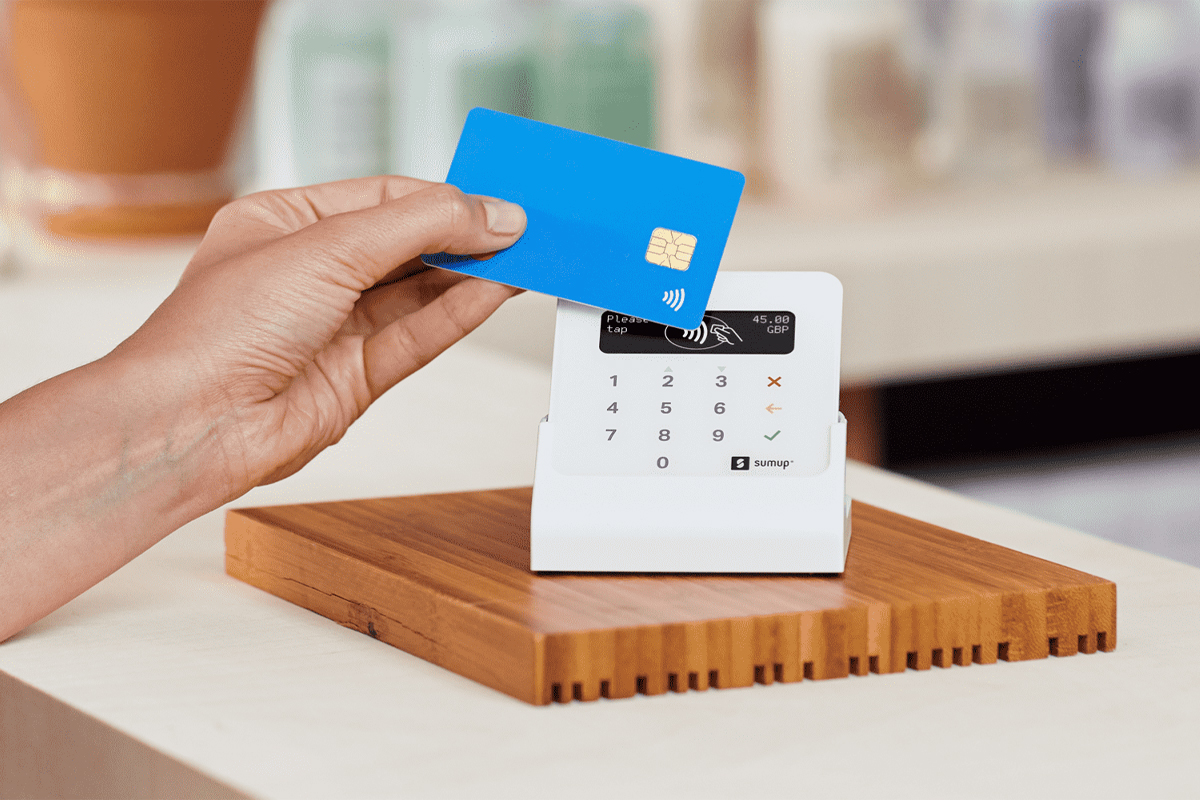
This article contains paid-for content in collaboration with Sum-Up.
A worldwide trend and demand for faster and more frictionless digital payments has breathed new life into changes in fintech models that were only just beginning to find their footing, and today, this shift in focus has revolutionized the payment industry the world over.
As major incumbents like PayPal and Visa adjust to new market forces, we’ll look at 5 of the biggest ways fintech is changing traditional payment practices.
BNPL is in Bloom
The early pioneers of BNPL had to deal with a lot of suspicion, due to fears that they would encourage consumers, particularly young people who were just beginning to gain some purchasing power, to become steeped in debt before they were ready to manage it.
Despite these doubts, companies like Klarna have made a huge splash in the fintech sector by allowing shoppers to spread payments over several interest-free installments. Once isolated to specific ecommerce niches like fashion, BNPL providers are now being adopted by more established fintech companies and online banks.
Though these services were seen as a fringe idea as recently as 2010, recent studies have shown that BNPL is exploding in popularity, and is now set to grow by 20% in 2023. With BNPL moving confidently into the mainstream, businesses should be preparing for a near future where BNPL financing options will be seen as a given, rather than an added extra.
New Contactless Tech is Making Payments Even More Frictionless
Technology-enabled contactless payments have been commonplace for a long time now, but the fintech sector isn’t through with making payments as seamless as possible.
Now that all major banks are issuing contactless-enabled cards as a standard, tech companies across the world are pushing to make frictionless payments more accessible and universal for businesses of all sizes and industries.
Innovative device-to-device payments like Apple’s Tap to Pay, and portable card machines from companies like SumUp, are driving a global shift towards a digital-first view of finance, and ultimately, a totally cashless society.
Though a global cashless future has been a big talking point in fintech for many years, the pandemic caused a major acceleration in cashless payment adoption by businesses in all sectors, pushing brick-and-mortar store owners to accommodate for government social distancing measures and health guidelines.
Cryptocurrency is Gaining Mainstream Success
When Bitcoin was first developed in 2009, public understanding of cryptocurrencies was hazy at best, and for many people, the whole concept carried connotations with online scams and illegal marketplaces.
A little more than a decade later, cryptocurrencies are a major investment product, and a key part of many payment companies’ plans for the future.
Online payment giant PayPal acquired digital currency security firm Curv in 2021, and in the same year, innovative fintech firm Nuvei acquired Simplex, a payment provider with a specific focus on dealing with cryptocurrencies.
While crypto has previously been the territory of the most daring and forward-thinking businesses, whether fintech or otherwise, the benefits of being crypto-friendly are starting to become apparent to multinational corporations and fledgling startups alike.
With lower transaction fees, the ability to attract customers who are already on-board blockchain tech, and a potential to lower the risk of fraud or chargebacks, more and more businesses are seizing a competitive advantage by accepting crypto payments, and fully embracing the role of crypto in the global economy.
The Demand for Cross-Border Payments is on the Rise
Despite the seismic drop in international trade that occurred in 2020, the demand for borderless payments by companies and individuals has been on a steady rise throughout the pandemic, and payment providers who are able to make this process cheaper and smoother are seeing some great benefits.
As international travel has become more challenging for all, a large proportion of this demand is being driven by migrant workers who need a quick and reliable way to transfer money to their loved ones at home.
A survey by Moneygram looking into consumer remittance showed that 81% of respondents planned to transfer at least as much money as they did in 2021, and a similar proportion of those surveyed said that the needs of their loved ones had increased from 2020 to 2021.
Cross-border payments can be a complex and taxing process, due to the necessary steps and regulations surrounding currency exchange. The international money transfer business was once dominated by big players such as Western Union, but like every facet of the payment industry, smaller providers such as Wise (formerly known as TransferWise) are beginning to disrupt the market with convenient, digital-based alternatives.
The Need for Cybersecurity is Greater than Ever
As modern consumers become more and more comfortable with handing their money over through digital channels, and the demand for reliable digital payments has increased over the pandemic, hackers and fraudsters have adjusted their methods to exploit a certain degree of complacency arising in the modern consumer.
The sudden rise of mobile payments has created a lot of enticing targets for fraud and ransomware attacks, while industry experts have projected that the card industry will face hundreds of billions in losses to fraud in the coming decade.
Cryptocurrencies are also attracting the attention of cybercriminals, as digital currencies and similar assets rapidly increase in value, offering a quick, borderless movement of money that can avoid tracing by authorities.
As cybercriminals keep themselves at the forefront of technological advancements, businesses, financial institutions, and regulators are having to step up their game, turning to fintech startups like IDCheck for biometric security, and searching for tighter security protocols powered by AI, machine learning, and big data analytics.
As new tech disrupts the payment sector and the points of entry for cyber criminals become more numerous, payment providers will be under more pressure to balance frictionless experiences with a high degree of security that will make their users feel safe.
Final Thoughts…
The emergence of new fintech tools, has brought major disruption to many traditional payment practices, and is poised to make some totally obsolete.
By observing and understanding these shifts, and positioning themselves to evolve along with the industry, payment companies can secure their long-term relevancy, and discover powerful competitive advantages within their niche.



















